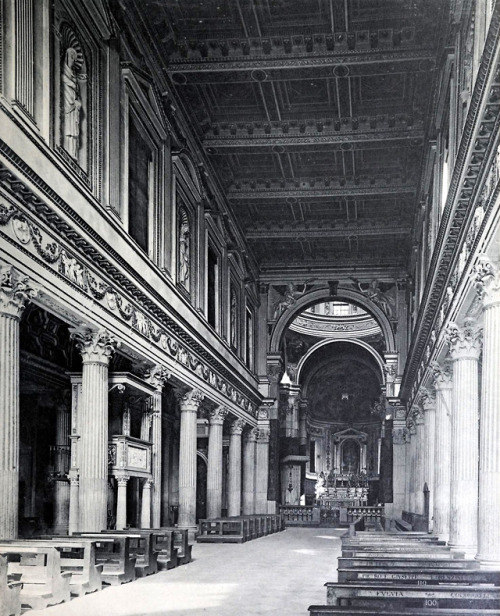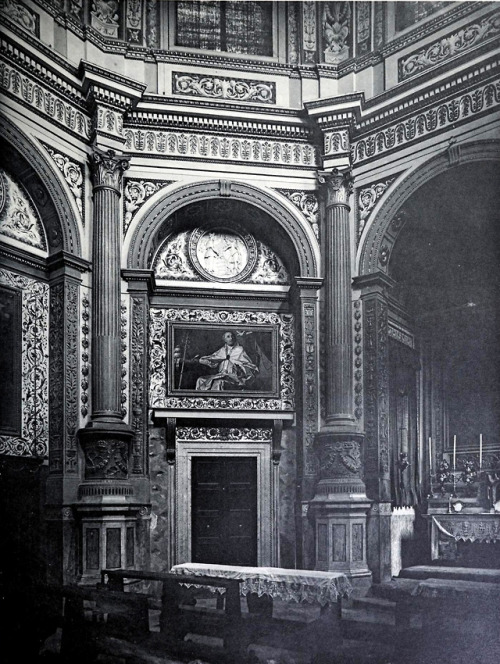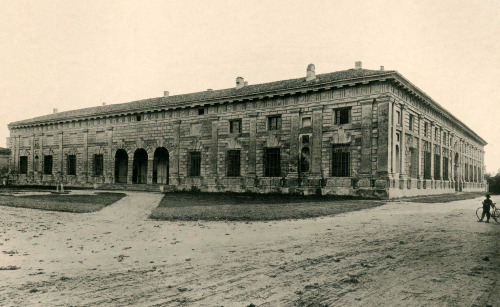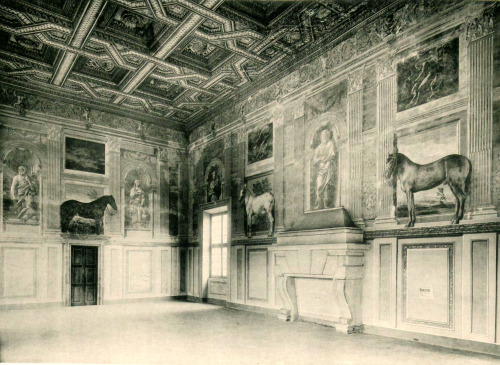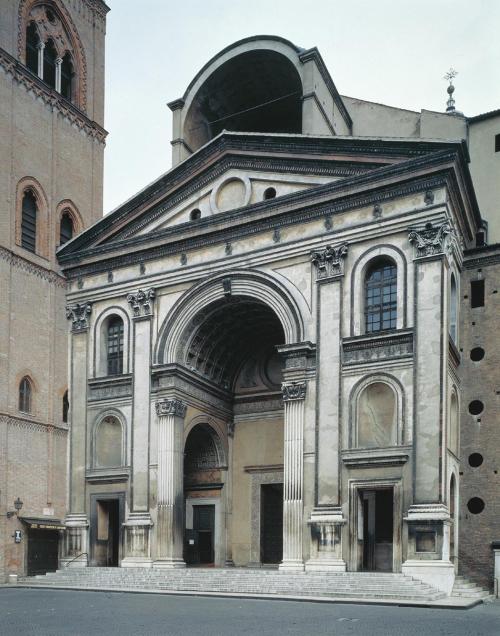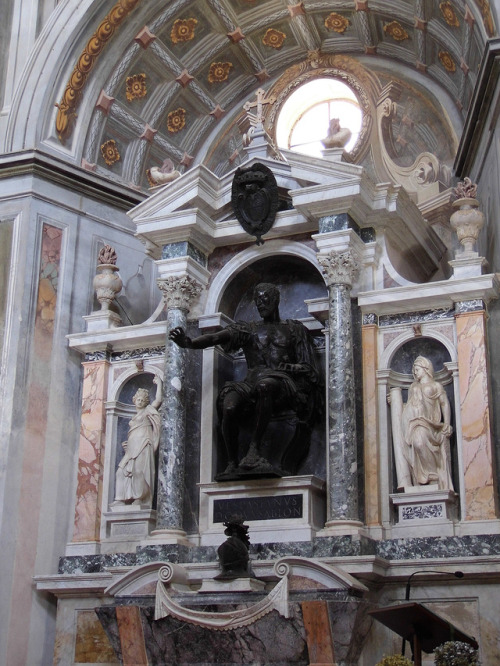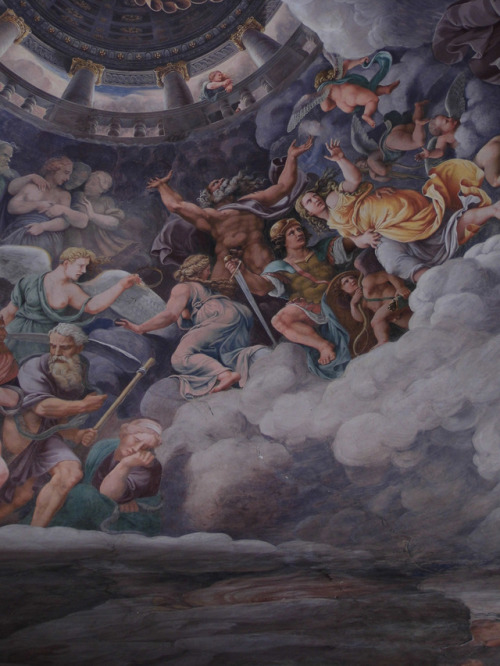#mantova
In Classical architecture, a giant order is an order whose columns or pilasters span two (or more) stories. At the same time, smaller orders may feature in arcades or window and door framings within the storeys that are embraced by the giant order.
One of the earliest uses of this feature was at the Basilica di Sant'Andrea di Mantova (pictured above), designed by Leon Battista Alberti and begun in 1472.
Post link
Mantua Cathedral
Cattedrale di San Pietro apostolo; Duomo di Mantova
Mantua, Italy
Dark Field Monotype [FULL BLEED]
Ink on Paper, 22 x 30
2019
~Age
Post link










il Grande Fiume
Giovan Battista della Porta e Leone Leoni, “Monumento funebre a Vespasiano Gonzaga“ (1592). Chiesa della Beata Vergine Incoronata, Sabbioneta (MN).
Post link
The Palazzo Ducale di Mantova is a group of buildings in Mantua,Lombardy, northern Italy, built between the 14th and the 17th century mainly by the noble family of Gonzagaas their royal residence in the capital of their Duchy. The buildings are connected by corridors and galleries and are enriched by inner courts and wide gardens. The complex includes some 500 rooms and occupies an area of c. 34,000 m2, which make it the sixth largest palace in Europe after the palaces of the Vatican, the Louvre Palace, the Palace of Versailles, the Royal Palace of Caserta and the Castle of Fontainebleau. It has more than 500 rooms and contains 7 gardens and 8 courtyards. Although most famous for Mantegna’s frescos in the Camera degli Sposi, they have many other very significant architectural and painted elements.
The Gonzaga family lived in the palace from 1328 to 1707, when the dynasty died out. Subsequently, the buildings saw a sharp decline, which was halted in the 20th century with a continuing process of restoration and the designation of the area as museum. In 1998, a hidden room was discovered by Palace scholars, led by musicologist Paula Bezzutti. The room is thought to have been used for performances of Monteverdi’s music in the late 16th century.
Post link


